Content:
Cucumber is the second vegetable on the table after potatoes. It is grown throughout our country. Growing conditions for cucumbers depend on the climatic zone. To achieve a stable and high yield on their site, gardeners use such an agricultural technique as grafting a cucumber on a pumpkin. Consider the methods and features of grafting a cucumber on a pumpkin, as well as how to graft a cucumber on a squash.
Cucumber is one of the rare plants whose fruits are consumed unripe. Therefore, the Greeks called him "aoros", that is, unripe. This is one of the most ancient plants on earth, originally from India, more than 6 thousand years old! Cucumber came to Russia in the 15th century from Asia. It became widespread during the reign of Peter I.
Vaccination is a method of vegetative propagation. The essence of the method is to transplant one part of the plant to another.
Why vaccinate
Cucumber grafting gained popularity in the early 20th century. It has been observed that the more vigorous root system of some plants used as rootstock resists environmental changes better and ensures stable and high yields. This fact is important for our country, half of the area of which belongs to the zone of risky farming.
Why pumpkin
For the grafting to be successful, it is important that the rootstock and graft are compatible. Pumpkin (Cucurbita maxima) and cucumber (Cucumis sativus) belong to the Pumpkin family. Both are annual herbaceous plants. The stems and leaves of cucumber and pumpkin are also very similar. The first are creeping, rough and with antennae. The second are cordate and five-lobed.
The flowers of the pumpkin and cucumber are divided into female and male. Male flowers have stamens and do not form ovaries. After pollination, female flowers form an ovary from which the fruit develops. Both plants are cross-pollinated. This means that for pollination of flowers it is necessary to "work" insects. There are also paternocarpic varieties that do not need pollinating insects. They are grown in greenhouses.
Both plants are demanding on heat, soil and air moisture and light. For seed germination, according to experts, the temperature should be within 25-30 degrees, and an excellent harvest is harvested on fertile and well-lit soils.
But there are differences that determine why it is better to choose certain varieties of pumpkin as a rootstock for a cucumber. It's all about the shape and size of the root system.
The root of the cucumber is pivotal and branched, the bulk of the root system is at a depth of only 30 cm. The root of the pumpkin is pivotal and goes up to three meters deep, additionally forming lateral roots in the arable soil layer. It is the weak roots of the cucumber that limit its productivity. The root mass of a cucumber in relation to the aerial part is lower than that of a pumpkin. And the high location of the roots makes them vulnerable to frost, drought and various pathogens.
Thus, pumpkin as a stock provides the cucumber with:
- frost protection;
- a more even water supply during the growing season;
- protection against fungal diseases, such as fusarium;
- an increase in the fruiting period.
It is recommended to use cold-resistant hardy pumpkin varieties as a stock.The survival rate of nutmeg, gymnosperms and large-fruited pumpkins will be low.
Types of vaccinations
There are three ways to graft a cucumber on a pumpkin:
- In the cleft, in the hypocotal knee;
- splicing;
- convergence in the tongue.
The cleft vaccination is considered to give the best results. Splicing takes longer and is less durable.
Cleft grafting
Briefly: for grafting into the split, it is necessary to cut off the stem of the scion (pumpkin) just above the two leaves and make a cut (split) of the stem in the center between the leaves. Insert the upper part of the cut and prepared scion (cucumber) seedling into the resulting incision and bandage the grafting site.
In detail. You need to prepare and disinfect the instrument. Usually a new razor blade is used, treated with alcohol, or thoroughly calcined over a fire.
- At the rootstock, above the cotyledonous leaves, remove the growth point. After that, make an incision approximately 1.5-2 cm down from the cotyledon leaves. It is important that the incision is straight and does not fall into the hollow interior.
- Cut off the lower root of the cucumber and leave the upper part with cotyledon leaves. Peel the stem from the upper skin to a length equal to the cut on the pumpkin.
- Open the cut on the pumpkin and insert the cucumber scion. The cotyledons of both plants should be parallel to each other.
- Bandage the vaccination site with a bandage, foil or tape. It is necessary to bandage tightly, but without effort, and do not leave open surfaces.
- Cover the plant with a bag or a plastic bottle, which will maintain maximum moisture and accelerate the growth of rootstock and scion.
If successful, after a while the plant will start growing. After that, depending on the growing conditions, the seedling must be transplanted into the open ground.
Splicing grafting
Short. Grow two seedlings next to each other: stock and scion. On seedlings, at the same level, cut off part of the stem. With cut pieces, carefully connect the stems, wrap and wait for the shoots to grow together. Then remove the root of the scion (cucumber) and pinch the stem of the rootstock (pumpkin). Transplant into open ground.
In detail. Pre-check the germination of seeds. Sow a pumpkin seed in a peat pot and after 3-4 days next - a cucumber seed. Leave in a warm place. After emergence, rearrange the pot under the lamp. After the cotyledon leaves of the scion and stock have fully opened and the first real leaves appear, you can start grafting.
- Remove strips of peel 3 cm long and up to 1 mm deep from the pumpkin and cucumber shoots with a disinfected sharp blade.
- Tightly join the places and tie with tape, foil or bandage. After the seedlings have grown together, remove the root system of the cucumber and pinch the pumpkin. Thus, we get a cucumber trunk and a powerful pumpkin root system. If necessary, you can leave the root system of the cucumber, only by cutting off the pumpkin.
- Depending on the growing conditions, transplant the "cucumber on a pumpkin leg" into open ground or sludge and greenhouse.
Uvula inoculation
Short. On a single rootstock and scion, make two burrs in opposite directions with a sharp blade. Insert one burr into the other and wrap around. Transplant into a seedling pot. When the shoots grow together, cut off the pumpkin shoot and the cucumber root, and transplant the plant into open ground.
In detail.
- Grow seedlings for grafting. Use hydrogel, perlite or sawdust as a substrate. The sawdust must first be scalded. Fertilizers are not added to sawdust and perlite. The pumpkin is larger than a cucumber and grows faster, so plant the pumpkin seeds in the same substrate, but 3-4 days later than the date of planting of the cucumber seeds.
- After the emergence of cucumber shoots, wait 6-7 days.As a result, seedlings should be obtained with a straight and fairly strong stem, with a 6-8 cm hypocotal knee.
- Remove the plants from the substrate without damaging the roots or staining the stems. Seedlings are ready for grafting.
- Make an oblique cut from top to bottom on the pumpkin at an angle of 45 degrees. The cucumber has exactly the same cut from bottom to top. The depth of the incision is from one third to half the thickness of the stem. The length of the incision is 5-8 mm.
- At the reeds, at the point of contact with the stem, remove the epidermis (the upper part of the plant skin). Carefully insert the scion into the stock. Wrap the vaccination site with foil.
- Transplant into a seedling pot so that the grafting site is 1.5 cm above the ground. To maintain high humidity, cover the plant with a plastic bottle and keep the temperature at least 22-24 degrees, avoiding direct sunlight.
- After a week, cut the pumpkin over the grafting site. Cutting the root off the cucumber is optional. It does not hinder further growth, but rather helps.
Depending on the growing conditions, transplant the seedling into open ground or a greenhouse.
How to plant a cucumber on a squash
Zucchini and pumpkin are very close plants. They belong not only to the same Pumpkin family, but to the same genus. The seeds of pumpkin and zucchini, as well as their seedlings, are so similar that not all experienced gardeners can distinguish one from the other.
Growing conditions, soil requirements, agricultural techniques for growing these crops are practically the same. The root system of squash and pumpkin is identical. Therefore, zucchini, like pumpkin, is excellent as a rootstock for a cucumber. All of the grafting methods described above are equally suitable for squash and pumpkin. If you have mastered the methods of grafting a cucumber on a pumpkin, getting a cucumber on a squash will not be difficult.

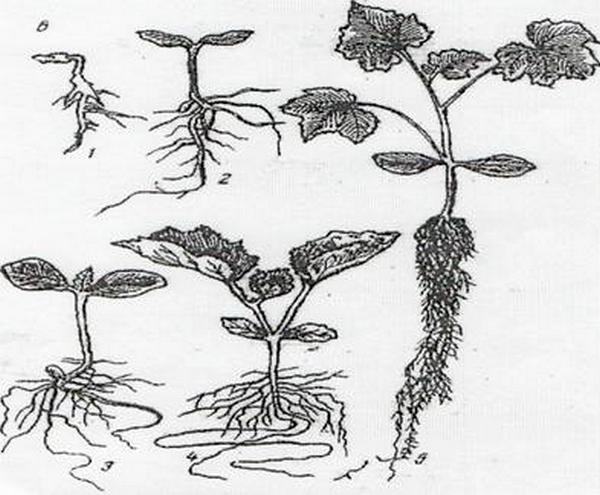
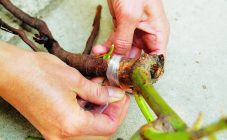
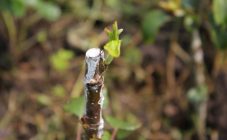
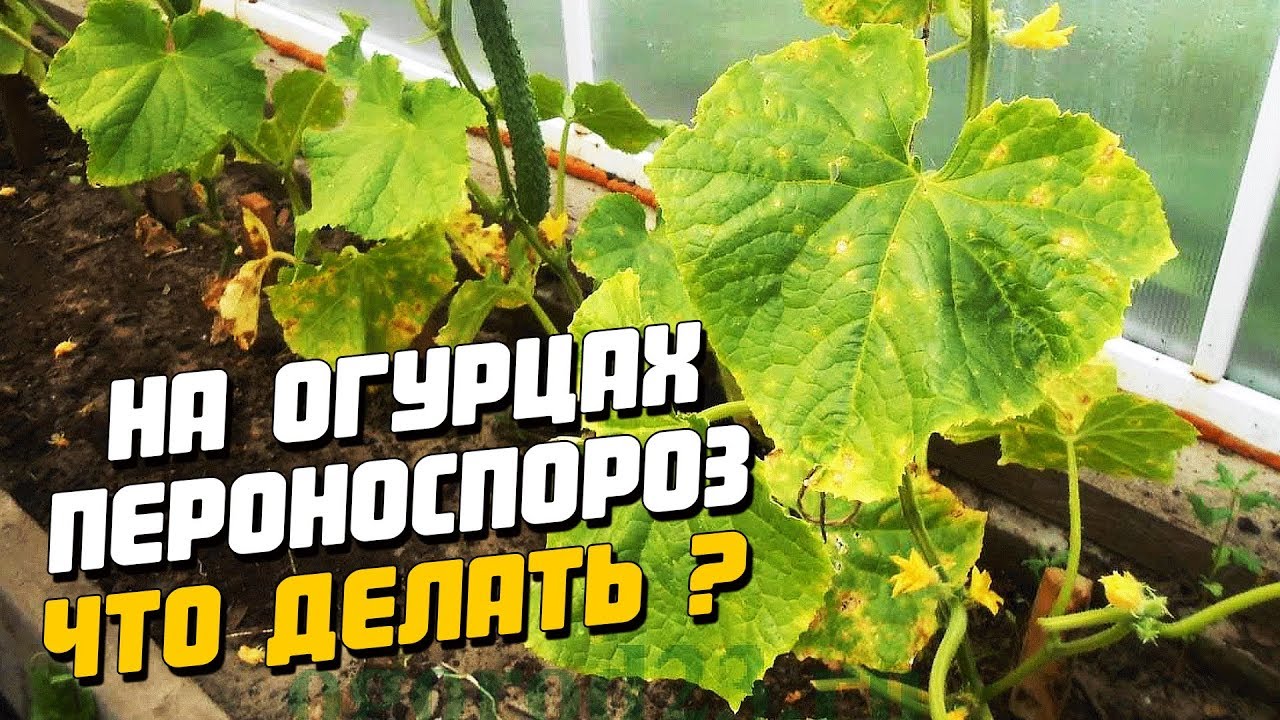

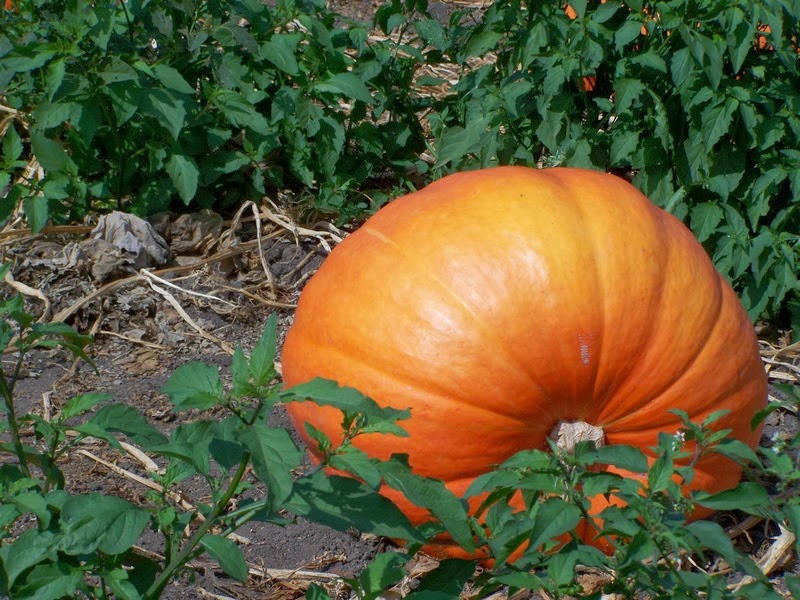
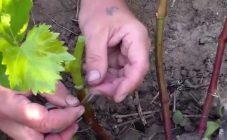







Hello!
Article fire! But why did you post a photo of HYBRID (ogurdin) in the article about vaccination? This photo has nothing to do with the topic of the article.
I am offended as an author 😈
Yours faithfully,
Andrey Andrianov